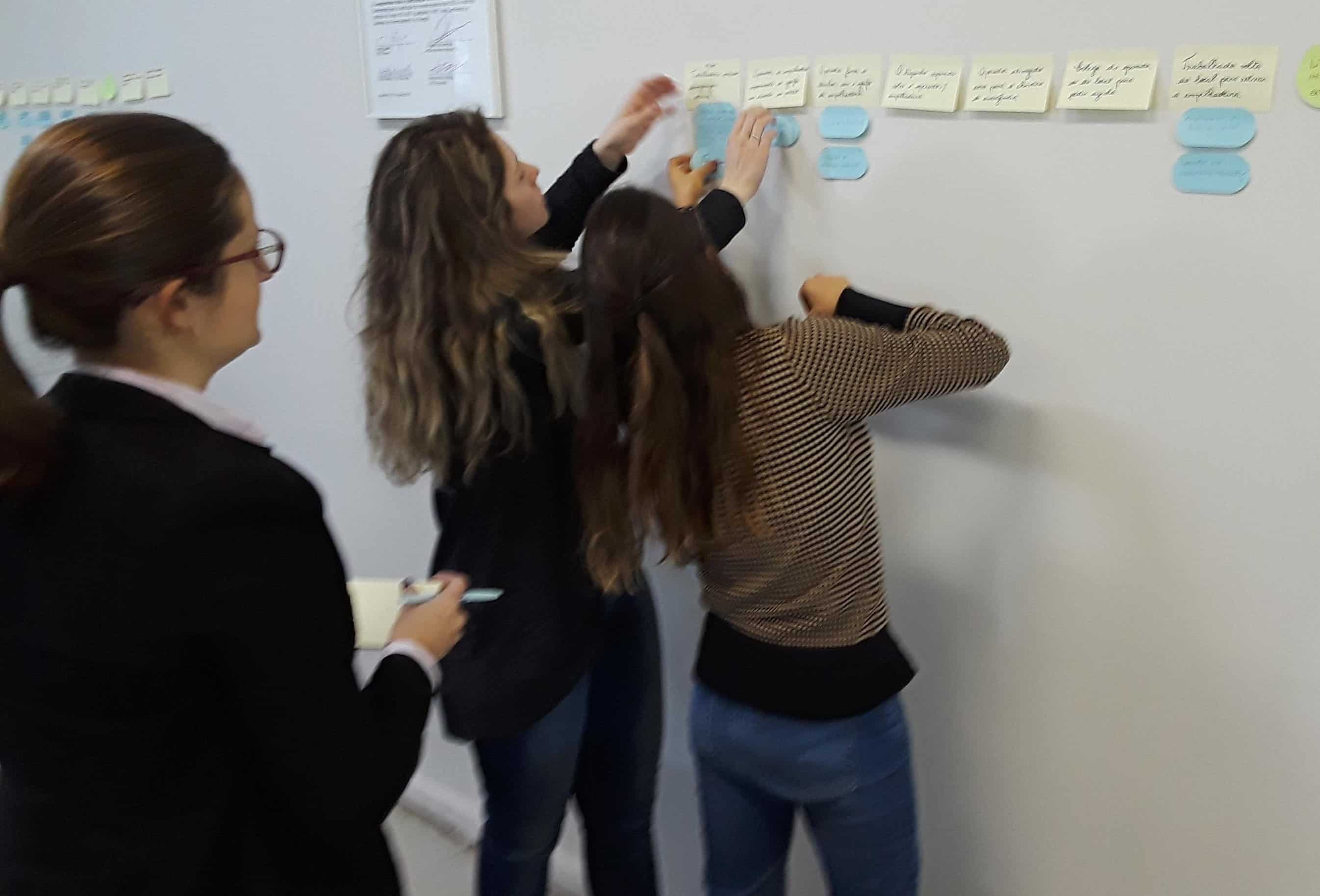The First Step in RCA: It’s Not What You Think

Someone gets hurt, or your company has an environmental release. You decide to perform a root cause analysis. Ok, let’s go! What’s the first step in RCA?
It should be “Gather information!“, right? Unfortunately, it’s amazing how many companies start by immediately writing corrective actions, without fully understanding the problem. You can even see it on news reports from major incidents. Something bad happens, and the first item of business? “Whose fault is this? Who needs to be held accountable?” We have no idea what happened, but humans immediately default to assigning blame as the first step in RCA, without fully understanding the initial issue.

How do we get around this roadblock? Here are some ideas on how to avoid jumping directly to the end of the investigation:
- First, you need a structured investigation process that guides you from one step to the next. It should have you complete the initial step of gathering data before it allows you to move on to the analysis and corrective actions. If your process is free-flowing and ambiguous, it is easy to miss the evidence collection piece. For example, 5-Why investigations normally skip right past good evidence collection. We start asking “Why” before we know what happened. Honestly, this is touted as a “strength” of the system. “Look how fast and easy this is? I can get an answer in just a few minutes for these simple problems!” Any system that gives you an answer in a few minutes has done minimal evidence collection. These systems just assume you already know all the answers, so we skip right over this step.
- You need a way of displaying your data that is easy for a human to understand. Humans aren’t very good at staring at paragraphs of information on a legal pad and fully understanding that data. We can’t see what we already know, what we don’t know, the holes in our evidence pool, etc. We are very visual creatures, so a visually stimulating method of displaying the data is MUCH easier for us to understand. Think of how looking at a picture gives you much more information than a verbal description of that same picture.
- Your evidence should not be mixed in and confused with blame. It should be straight data, facts, and information. You should never see something that says, “The employee did a poor job of xxx,” or, “The employee did not perform an adequate hazard assessment.” These are opinions or judgment calls, not something you can back up with solid, unbiased evidence. You can only do a root cause analysis on data, not an opinion.
- Your evidence collection must go beyond your level of knowledge. If you are only looking for data you already know about, you’ll never dig deep enough to uncover problems you’re not already familiar with. Your collection efforts must force you to look for problems you don’t know about. For example, if I’m a training expert, and I do a 5-Why investigation, I will most likely end up with Training root causes and Training corrective actions. That’s not my fault as the investigator. This is a limitation of RCA systems that don’t force you to look deeper at ideas and problems you are not already aware of.
These are very basic requirements for collecting data as a first step in RCA, and yet they are often not well understood. Your investigation process should:
- Guide you through the investigation process
- Display your data in a visual format that is easy to interpret
- Focus on actual data and remove investigator bias
- Force you to look in areas that are outside your areas of expertise
Think about these items the next time you are assigned an investigation.
Ready to improve the way you investigate incidents?
Join us for the 2-Day TapRooT® Root Cause Analysis Training and learn how to collect better evidence, avoid common investigative pitfalls, and build stronger corrective actions—step by step.
Register now and start solving problems with confidence.



